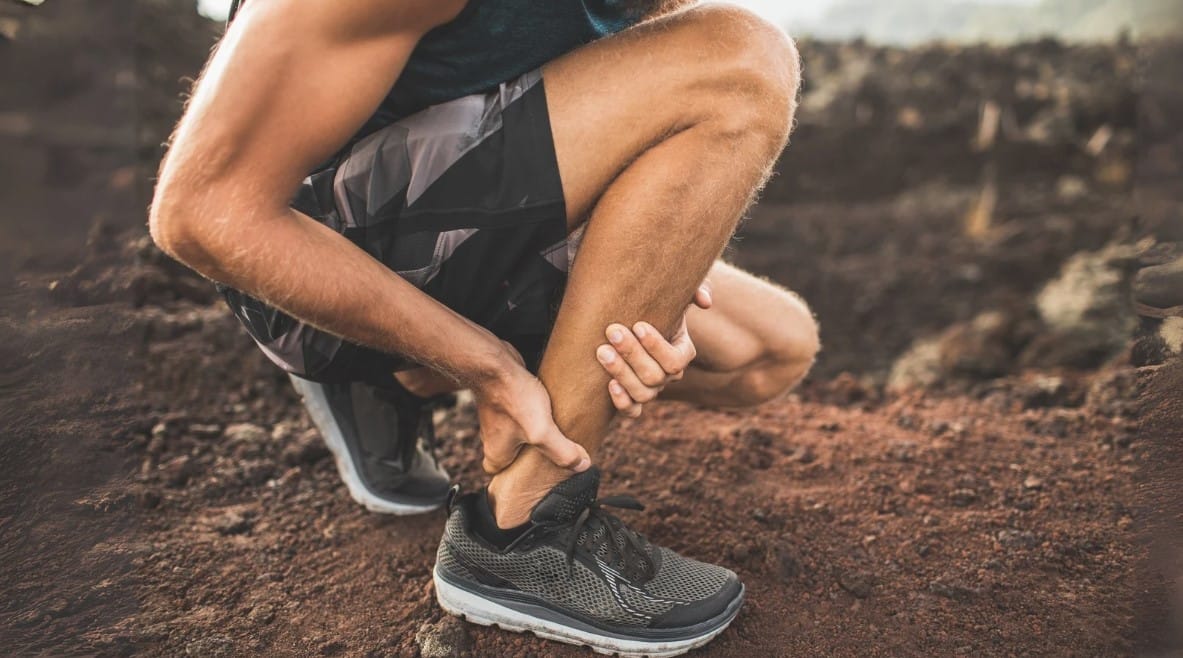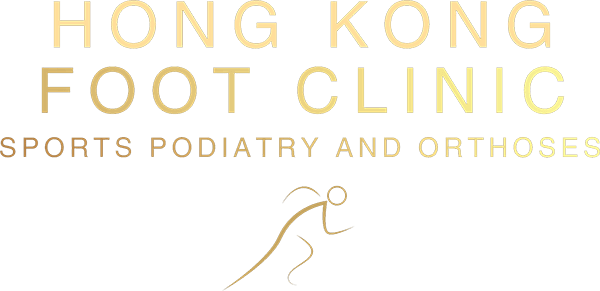
HKFC’s last blog post for 2025 and I’d like to cover some of the basics of the infamous plantar fasciitis. It’s one of the most common injuries I see in the clinic, and I believe there’s value in sharing information to help others. I’ll discuss the ins and outs of plantar fasciitis and heel pain, along with the treatments I’ve personally found effective in managing the condition.
What is the Plantar Fascia?
Very briefly, the plantar fascia is a thick band of fibrous tissue that runs from your heel across to all your toes. This tissue serves as a suspension system that connects your heel to your forefoot and is involved in maintaining arch height and shock absorption during gait.
Signs and Symptoms of Plantar Fascia
-
- Area of Pain
- Generally at the base of the heel, but it can extend into the arch or be localized only in the arch.
- Rest Pain
- Increased pain and stiffness in the morning with the first few steps or after sitting for a long time. Pain typically eases after 5-15 minutes of activity.
- Worse Pain on Hard Flooring
- Pain is usually increased on impact and compression when walking on hard surfaces, though there are some exceptions.
- Area of Pain
Causes of Plantar Fascia
-
- Overuse
- A change or increase in activity is a major risk factor for plantar fascia overload, as it is relatively “avascular,” meaning blood flow is low. This results in a very slow adaptation period for the tissue.
- Poor Biomechanics and Foot Posture Control
- An inability to control how the foot pronates (flattens) and supinates can place excessive stress on the plantar fascia to provide stability.
- Age
- Unfortunately, plantar fasciitis usually affects us more often as we age, due to the loss of tissue mass, elasticity, and strength.
- Poor Footwear
-
- Wearing inappropriate footwear, such as formal dress shoes over long distances or through lengthy MTR concourses, can increase stress on the plantar fascia.
-
- Overuse
Other Conditions That Cause Heel Pain Plantar fasciitis is not the only condition that can cause heel pain. Other issues, such as Baxter’s neuritis, tendinopathy, fat pad bruising, and even stress reactions in the heel bone (calcaneus), can generate similar symptoms.
If you’re not experiencing increased pain in the morning that warms up over time, I would be immediately sceptical that it’s plantar fasciitis.
Treatment Options Before Seeing a Health Professional
-
- Supportive Footwear
- This is an easy Choose something soft and supportive, like your running shoes.
- Also, wear soft footwear at home for added heel
- Cushioning.
- Calf Stretching
- Start with 3 sets of 30 seconds and gradually A looser calf can help protect the heel.
- Rest
- It may sound obvious, but reducing the activity that contributes to your daily impact—whether walking, running, or participating in sports—will likely help.
- Supportive Footwear
Clinical Treatments for Plantar Fasciitis Specifically
-
- Plantar Fascia Low-Dye Taping
- One of the most effective tools for reducing
- See the link to the video: https://www.youtube.com/watch?v=DnZ-Mz479wc
- Custom Foot Orthoses
- An effective tool for controlling foot motion and offloading the plantar
- Soft Tissue Release/Massage/Dry Needling
- These techniques help reduce tension and alleviate initial
- Strength Work
- Used to increase resilience and improve foot
- Shockwave Therapy
- A great treatment for reducing pain with the possibility of improving blood flow and healing.
- Injections and Surgery
- These are typically used as a last resort for chronic
- Plantar Fascia Low-Dye Taping
I’ve found that using multiple treatments is usually necessary to reduce pain and allow the body to repair itself. It can be tempting to leave this injury for months, waiting for it to self-resolve; however, this waiting period can ultimately extend the required treatment time. Furthermore, if factors such as foot motion are influencing the plantar fascia, it may not fully repair without direct treatments, such as custom foot orthoses, to address these issues.
Written by Sean Farnan
Current podiatrist at Hong Kong Foot Clinic
Former Division 1 collegiate Sprinter
Former employee at Active Feet, technical shoe fitting store










